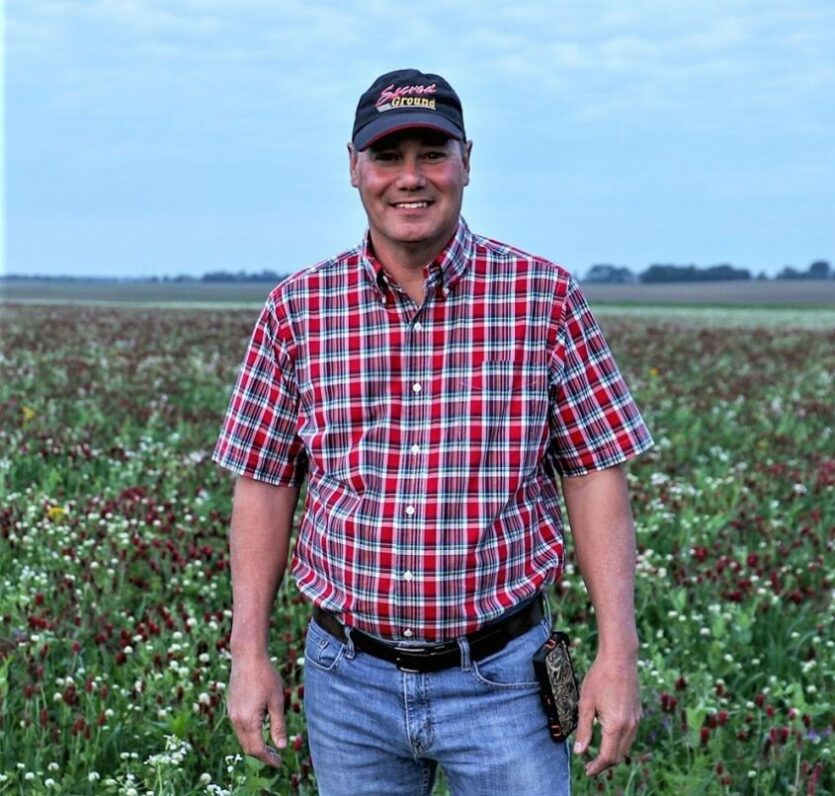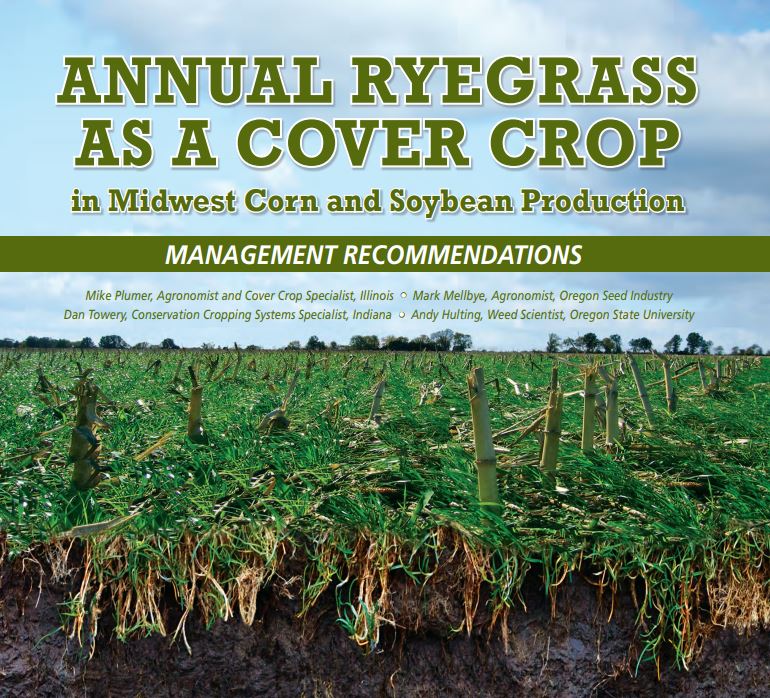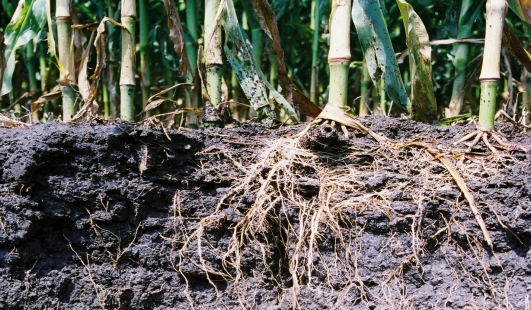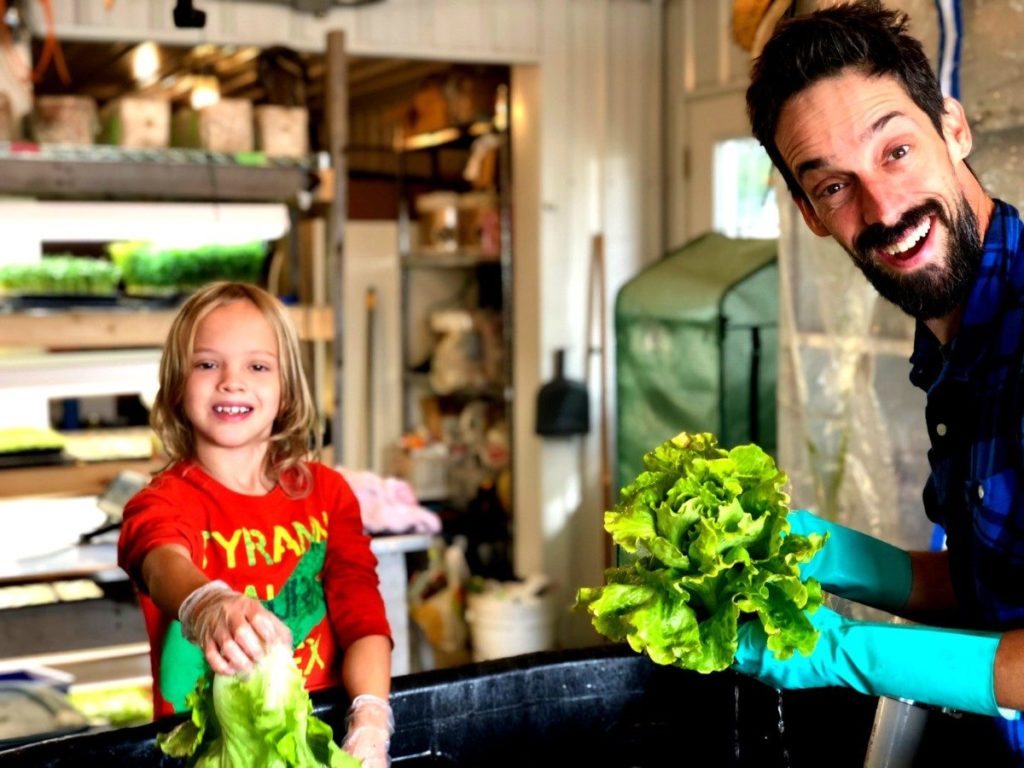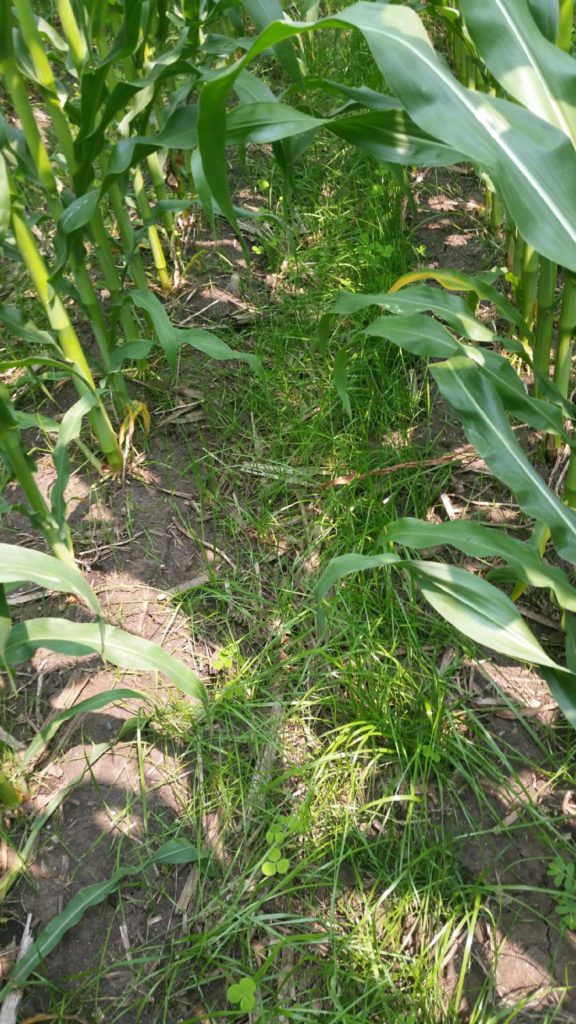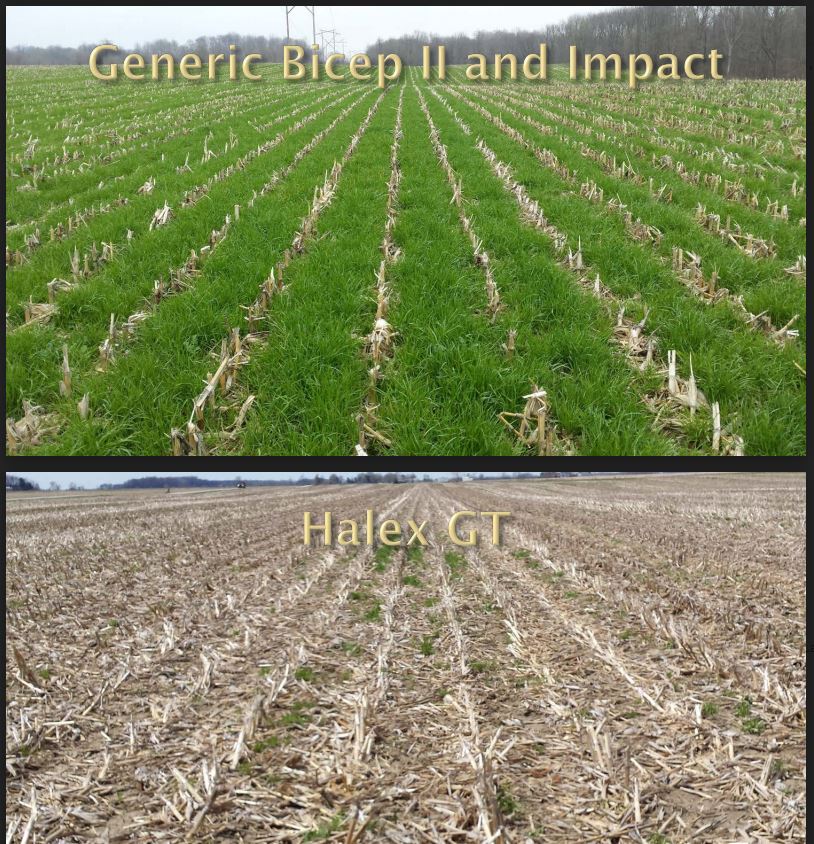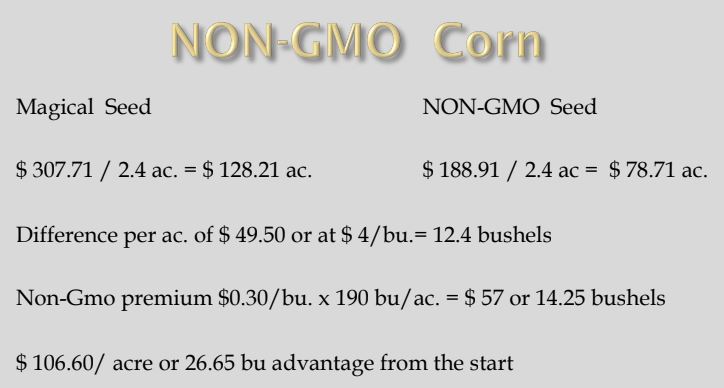The COVID-19 virus has kicked America’s economy in the gut.
Even with a multi-TRILLION dollar infusion of cash in the next few months, it
will be years before we’ll know whether it was enough, or whether it was
invested in the proper sectors of society.
The impact on the Midwest is just beginning to be revealed.
Will it further depress commodity prices and create a worker shortage? Will
dairy and livestock processing grind to a halt because of a trucker shortage? Will
deliveries of critical ag-related products slow to a crawl? Will the shrinking
and shifting consumer spending pattern create more farm debt?
Dan Perkins, an organic farmer, small business owner and ag
consultant from DeMotte, Indiana, is among those families who are already
straining because of the pandemic. Perkins Good Earth Farm produces a variety
of vegetables for about 150 families, selling direct through a local CSA
(Community-supported agriculture.)
“This has had a huge impact on us already,” he said. “Local
food sales are through the roof, and vegetable seed supply is really tight,
because demand from small scale farmers and home gardeners have skyrocketed.”
“Normally, customers order online and come here to pick up
their produce. But the new concerns for safety have pushed us to modify the way
we package for pick up. Customers used to bring their own bags and shop farmer’s
market style, where everything was displayed in bulk. Now we put everything in
two-gallon bags and plastic containers. It’s increased our cost for labor,
packaging, logistics and marketing. And at the same time my wife, Julie continues
to do marketing and managing the CSA, while caring for our four children, home
from school because of the closures.”
“We have four seasonal employees, too, and the social
distancing protocols, on top of the added layers of product safety, have slowed
all our activities down considerably,” he added. Because he has existing
contracts with his customers, and is considerate of their potential hardships,
he is not passing any of his new costs along to them.
The virus has also impacted some of his work as a Certified
Crop Advisor. Naturally, Dan’s clients want him out in the fields on occasion
to see up close what’s going on. And while he has tried to augment his on-farm
visits with webinars and online video calls, he also said “I think agriculture is among the ‘essential
businesses’ we need to keep open and fully operating, so farm visits and field
work are important.”
He also said that with industry non-essential travel having
been restricted until early to mid summer, field day demonstrations have been
cancelled or postponed. “This, too, will impact the information needed for good
cover crop use in 2020,” he said.
With 20 years of exposure to the ups and downs of
agriculture in the Midwest, Dan was upbeat about how times of crisis have
always created opportunities for future health and growth in the industry. One
of the things he discussed was the value – and the need – for more diversity on
Midwest farms.
“I’m getting more and more local calls from farmers who want
to add diversity to their farm,” he said. “Some in the last couple years tried
growing hemp, and that was a bit of a disappointment. But others, and Cameron
Mills (Walton, IN) is a good example, are integrating livestock into their row
crops. He’s got a small herd and portable fencing, and he’s selling the cover
crop-fed direct to local customers hungry for healthy, locally raised
livestock.”
One of the potential challenges he discussed is how to move
slowly in the direction of direct sales and away from strictly contract growing
corn and soybeans. “It takes people with a desire, ability and a personality
for selling direct to the public,” he said. “Many of the older farmers have
never done that and don’t really want to start now. So, in some cases the next
generation is taking on those responsibilities.”
Cover crops are an example of this new direction. While the
science and economics of cover crops have proven out over the past 25 years,
the number of acres in the Midwest with cover crops on them is probably not
more than 15 percent. “By now, we should have more than 50 percent covered,”
Dan said. “But it’s still a new thing for those who’ve been farming the same
way for 50 years or more.”
Dan also said that the amount of information available about
cover crops and crop diversification is immense, but that change comes
principally via word-of-mouth – farmers talking with peers about their
successes and failures with new ideas. “Technical support and financial
incentives continue to be important, too,” he added, and unfortunately there’s
not enough support and too much paperwork associated with it.”
Links to online resources regarding diversifying agriculture in the Midwest
